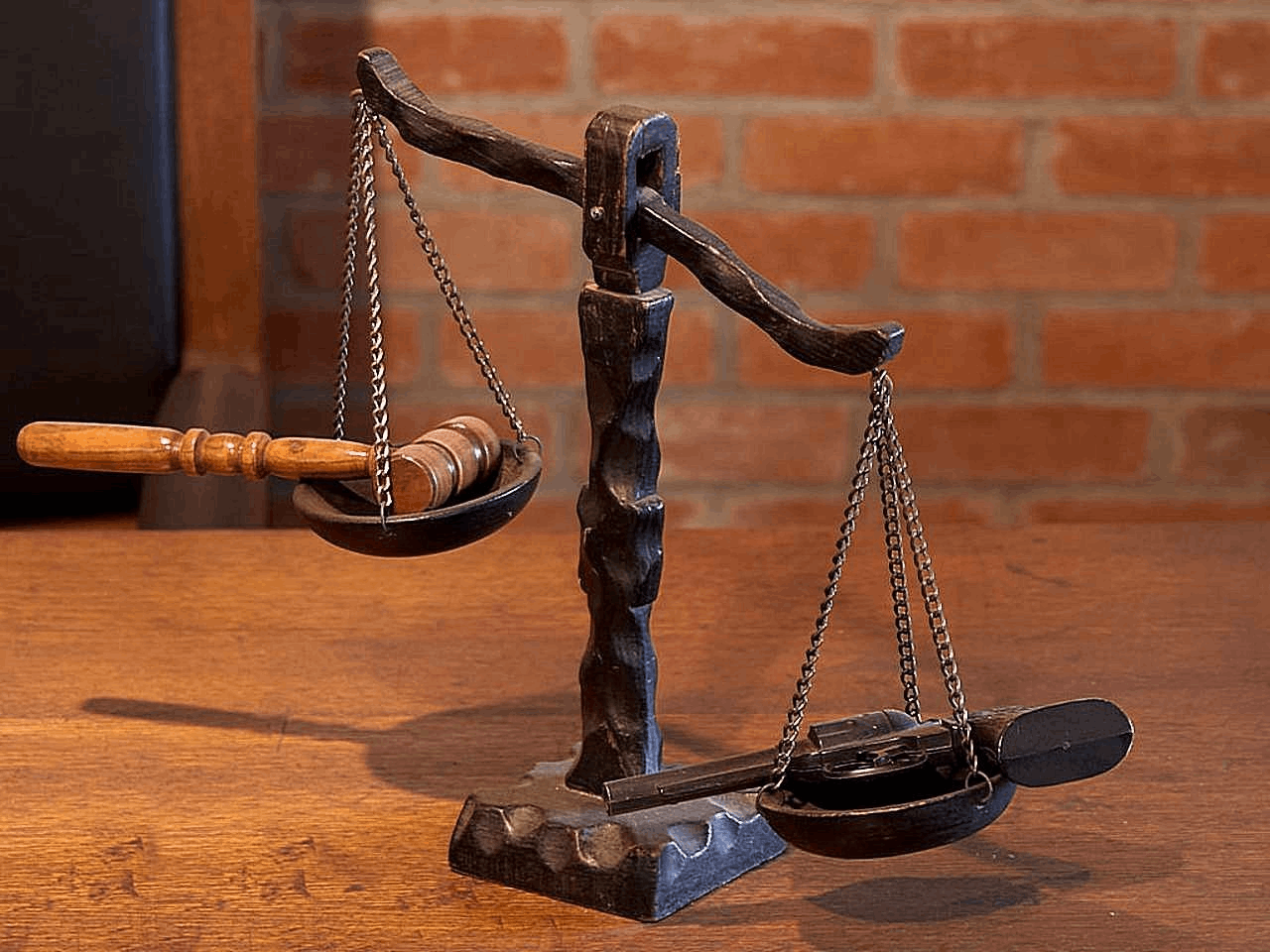Gaining the attention of key decision makers is critical to business success, yet how can you identify those you should target?
Mastering grammar rules and proper word usage is essential to effective communication. Learn to distinguish whose from who’s, improve writing and speaking abilities, and avoid common errors with this helpful blog.
What Is It?
Attention is the mental process by which the mind responds to external stimuli (such as sounds, sights or odors ) by becoming attracted to them and maintaining focus on them for extended periods. It plays an integral part in our survival as humans as well as processing information in our environment.
Sometimes these thoughts come flooding in without your conscious knowledge, like when loud noises or sudden flashes of light draw your mind in for an immediate distraction. At other times, these distractions come about voluntarily: when studying something intentionally chosen or choosing to browse social media.
Attention is a complex phenomenon with numerous dimensions and definitions, from bottom-up and top-down components, memory processing, emotion regulation, to bottom-up memory. Yet research can still identify core properties of attention; one being its flexible control system for limited computational resources which makes it a vital part of both natural brain systems and artificial systems as a whole; the second property being its ability to rapidly shift from stimulus to stimulus without interruption in an ordered manner.
What Does It Mean?
As with other homophones such as “it’s/its,” “their/theirs,” and “whoever/whoever,” “whose” and “whoses” may cause some students and language learners confusion. While both possessing identical pronunciation, they carry vastly different meanings and adhere to different grammar rules when used within sentences.
General, “whose” is a possessive pronoun used to indicate ownership. Typically it should come before any noun in a sentence and indicate who owns what. For instance: “The child whose homework the teacher graded first earned high grades.”
By understanding and applying these differences to your writing, you can avoid confusion when using “whose” and “whoses.” With practice, these terms will become second nature to you and you’ll avoid common errors.





